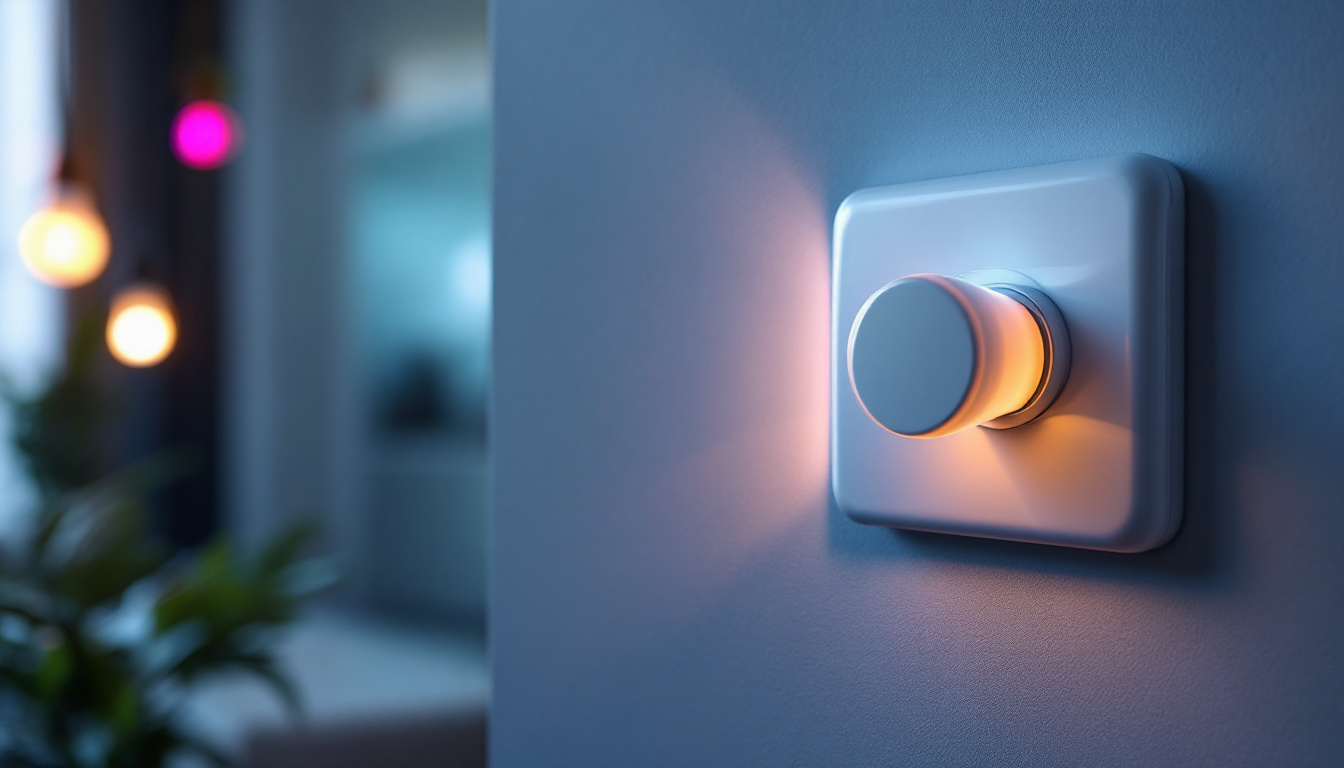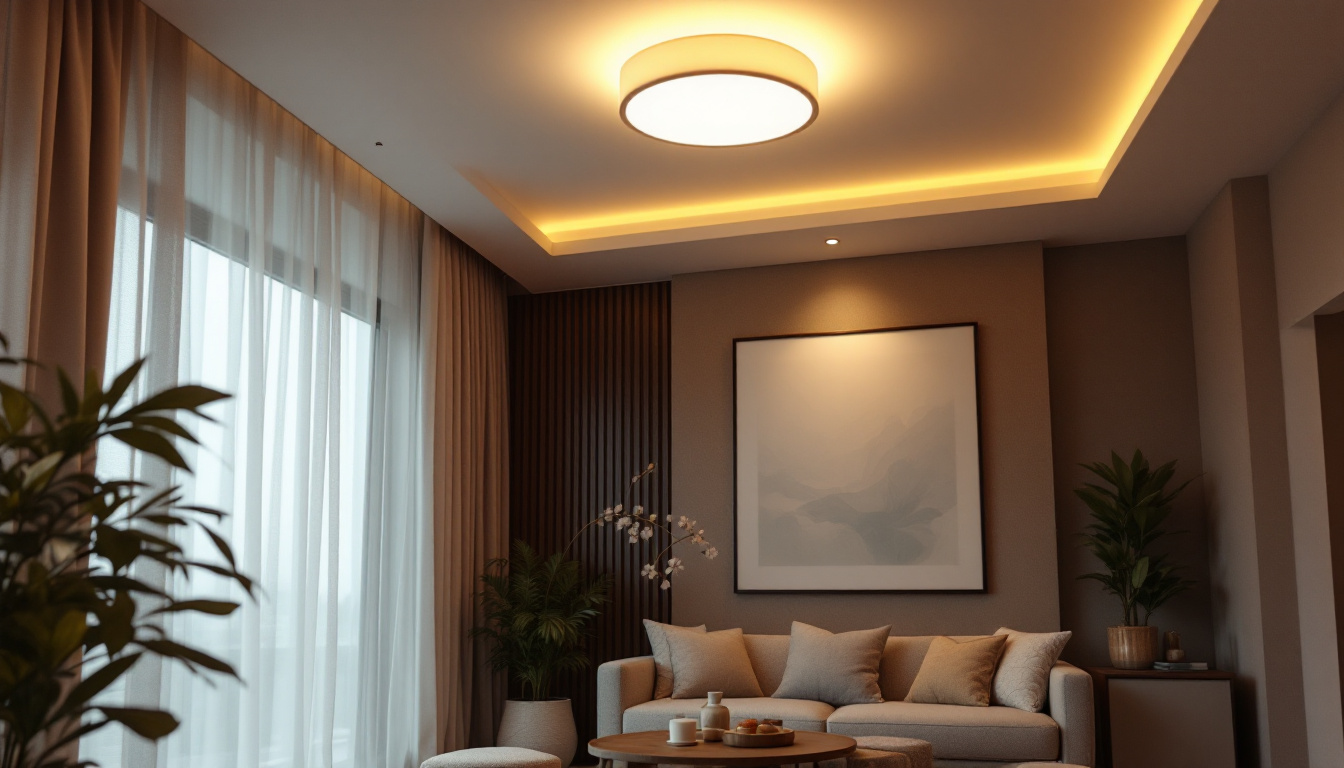
In the quest for energy efficiency, lighting plays a pivotal role. With the rising costs of electricity and the growing awareness of environmental issues, the need for smart lighting solutions has never been more pressing. One such solution is the electrical timer switch. This device not only enhances convenience but also significantly contributes to energy savings. For lighting contractors, understanding the functionality and benefits of electrical timer switches is essential in delivering optimal solutions to clients.
Electrical timer switches are devices that automatically turn lights on and off at predetermined times. They can be programmed to operate on a daily or weekly schedule, allowing users to customize their lighting needs according to their routines. This feature is particularly beneficial in residential and commercial settings where lighting requirements fluctuate throughout the day. For instance, a homeowner can set outdoor lights to turn on at dusk and off at dawn, enhancing security while also saving energy. Similarly, businesses can schedule lights to align with operating hours, ensuring a welcoming environment for customers while minimizing energy costs during off-hours.
There are several types of electrical timer switches available on the market, each designed to cater to different needs and preferences. The most common types include mechanical timers, digital timers, and smart timers. Mechanical timers are simple and cost-effective, ideal for basic applications. Digital timers offer more advanced features, such as multiple programming options and countdown timers. Smart timers, on the other hand, can be integrated with home automation systems, allowing for remote control via smartphones or voice commands. These smart devices often come equipped with additional functionalities, such as energy monitoring and the ability to sync with weather forecasts to adjust lighting based on natural light availability, further enhancing their efficiency and user-friendliness.
Electrical timer switches operate by utilizing a built-in clock mechanism that controls the power supply to the connected lighting fixtures. Users set the desired on and off times, and the timer switch takes care of the rest. This automation not only eliminates the need for manual operation but also ensures that lights are not left on unnecessarily, which is a common issue in many households and commercial spaces. Furthermore, many modern timer switches incorporate safety features that prevent overheating and electrical surges, making them a reliable choice for various applications. Some models even include a random setting that mimics occupancy by turning lights on and off at varying intervals, which can be particularly effective for deterring potential intruders when homeowners are away.
Incorporating electrical timer switches into lighting systems offers numerous advantages. These benefits extend beyond mere convenience, impacting energy consumption, safety, and overall user satisfaction.
One of the most significant benefits of electrical timer switches is their ability to enhance energy efficiency. By ensuring that lights are only on when needed, these devices help reduce electricity consumption. This is particularly important in spaces that may be unoccupied for extended periods, such as offices after hours or outdoor lighting in residential areas. The reduction in energy usage not only lowers utility bills but also contributes to a smaller carbon footprint. Moreover, many modern timer switches come equipped with smart technology that allows users to monitor and control their energy consumption remotely, providing insights into usage patterns and further opportunities for savings.
Safety is another critical aspect where timer switches shine. By automating the lighting schedule, these devices can deter potential intruders by creating the illusion of occupancy. For instance, setting outdoor lights to turn on at dusk and off at dawn can make a property appear lived-in, thereby reducing the risk of break-ins. Additionally, timer switches can help prevent accidents by ensuring that areas are well-lit when needed, such as hallways and staircases. In emergency situations, having lights automatically activate can provide crucial visibility, guiding occupants safely to exits. Furthermore, integrating timer switches with motion sensors can enhance safety even more, as lights will illuminate when someone approaches, providing an extra layer of security and comfort.
For many users, the convenience offered by electrical timer switches is a game-changer. No longer do individuals need to remember to turn lights on or off; the timer switch handles it all. This feature is especially beneficial for those with busy lifestyles or for families with children. Furthermore, programmable settings allow for customization based on personal routines, making it easy to adapt lighting to specific needs. For example, parents can set lights to turn on automatically in children’s rooms at bedtime, creating a soothing environment while also promoting independence as kids learn to manage their own schedules. Additionally, with the rise of smart home technology, many timer switches can now be integrated with home automation systems, allowing users to control lighting through voice commands or smartphone apps, further enhancing the ease of use and accessibility.
Selecting the appropriate electrical timer switch for a particular application requires careful consideration of several factors. Lighting contractors must assess the specific needs of their clients to recommend the best solution.
One of the first considerations when choosing a timer switch is its load capacity. Different switches are rated for different wattages, and it is crucial to select a switch that can handle the total wattage of the lights it will control. Exceeding the load capacity can lead to overheating and potential failure of the switch, posing a safety risk. Therefore, contractors should ensure that they calculate the total load accurately before making a recommendation.
Timer switches come with various features that can enhance their usability. Some models offer multiple on/off settings, while others may include randomization features that mimic human behavior, further enhancing security. Smart timers may provide additional functionalities such as integration with mobile apps, voice control, and energy monitoring capabilities. Understanding these features allows contractors to match the right timer switch with the specific needs of their clients.
Compatibility with existing electrical systems is another essential factor to consider. Some timer switches may require a neutral wire for installation, while others are designed to work without it. Additionally, contractors should evaluate the ease of installation, as some models may require more complex wiring than others. Ensuring that the chosen timer switch is compatible with the existing lighting setup will facilitate a smoother installation process and enhance customer satisfaction.
Installing electrical timer switches can be straightforward, but it is essential to follow best practices to ensure safety and functionality. Here are some tips for a successful installation.
Before beginning any electrical work, safety should always be the top priority. It is crucial to turn off the power at the circuit breaker to avoid any risk of electric shock. Using a voltage tester to confirm that the power is off can provide an additional layer of safety. Proper personal protective equipment, such as insulated gloves, should also be worn during installation.
Each timer switch may come with specific installation instructions provided by the manufacturer. It is vital to follow these guidelines closely to ensure proper functionality. This includes understanding the wiring diagram and correctly connecting the wires according to the specified colors. Taking the time to read and comprehend the instructions can prevent common installation errors.
After installation, it is essential to test the timer switch to ensure it operates as intended. This includes checking the programmed settings and verifying that the lights turn on and off at the designated times. If any issues arise, troubleshooting should be conducted to identify and rectify the problem before leaving the job site. A thorough testing process ensures that the client receives a fully functional and reliable lighting solution.
Electrical timer switches can be utilized in a variety of settings, making them a versatile choice for lighting contractors. Understanding the common applications can help in recommending the right solutions to clients.
In residential settings, timer switches are often used for outdoor lighting, such as porch lights, garden lights, and security lighting. Homeowners can set these lights to turn on at dusk and off at dawn, enhancing security and convenience. Additionally, timer switches can be used for indoor lighting, allowing for automated control of lights in living rooms, bedrooms, and hallways.
In commercial environments, timer switches are invaluable for managing lighting in offices, retail spaces, and warehouses. For instance, they can be programmed to turn off lights in unoccupied areas after business hours, significantly reducing energy costs. Furthermore, timer switches can be used in display lighting to create dynamic visual presentations that change throughout the day, attracting customer attention and enhancing the shopping experience.
In industrial settings, timer switches can control high bay lights or outdoor security lights. These applications often require robust switches capable of handling high wattages and harsh environments. Timer switches can automate lighting in large warehouses or manufacturing facilities, ensuring that lights are only on when necessary, thus optimizing energy use and reducing operational costs.
Electrical timer switches represent a significant advancement in energy-efficient lighting solutions. Their ability to automate lighting schedules not only enhances convenience but also contributes to substantial energy savings and improved safety. For lighting contractors, understanding the various types, benefits, and applications of timer switches is crucial in providing clients with tailored solutions that meet their specific needs.
As the demand for energy-efficient solutions continues to grow, incorporating electrical timer switches into lighting designs will undoubtedly become a standard practice. By staying informed about the latest technologies and installation best practices, contractors can ensure they are well-equipped to offer the best possible service to their clients, ultimately leading to satisfied customers and a more sustainable future.
Ready to elevate your lighting projects with the most efficient electrical timer switches? Look no further than LumenWholesale, where we provide contractors with the highest quality, spec-grade lighting products at unbeatable wholesale prices. Say goodbye to local distributor markups and hello to our extensive selection that meets rigorous industry standards. Plus, with free shipping on bulk orders, you can stock up on reliable, high-performance lighting solutions without any hidden fees. Make the smart choice for your energy-efficient lighting needs and experience the best value in wholesale lighting today.

Discover the key qualities that distinguish top lighting contractors when it comes to installing flush mount LED ceiling lights.

Discover how using ballast for lights can significantly boost the efficiency of your lighting projects.

Illuminate your outdoor space with solar power garden lights! Discover essential insights on installation, benefits, and maintenance to transform your garden into a sustainable, glowing oasis..

Discover how LED lights can transform your home into an energy-efficient haven.